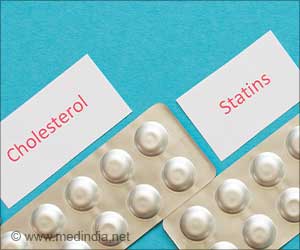
‘FAST.AI is a fully automated smartphone application for the detection of severe strokes using machine learning algorithms.’
Tweet it Now
FAST.AI recognizes facial asymmetry (drooping of the muscles in the face), arm weakness, and speech changes � all common stroke symptoms. This study is ongoing, and the mobile application is still in development and not available to the public.New App Identifies Stroke Signs Through Speech and Facial Movements
The smartphone application uses a facial video of the patient to examine 68 facial landmark points; sensors that measure arm movement and orientation; and voice recordings to detect speech changes. Information from each test was sent to a database server for analysis.Researchers validated FAST.AI𠏋 performance by testing nearly 270 patients with a diagnosis of acute stroke (41% women; the average age of 71 years) within 72 hours of hospital admission at four major metropolitan stroke centers in Bulgaria from July 2021 to July 2022. Neurologists who examined the patients tested the app and then compared the FAST.AI results with their clinical impressions.
The analysis found the smartphone app accurately detected stroke-associated facial asymmetry in nearly 100% of patients. The app accurately detected arm weakness in more than two-thirds of the cases. Preliminary analyses confirmed that it may be able to reliably detect slurred speech.
Clot-busting medication should be administered within three hours after symptoms begin. And the faster the treatment is administered, the more likely it is for a better recovery: on average, 1.9 million brain cells die every minute that a stroke goes untreated, according to the American Stroke Association, a division of the American Heart Association.
Previous research has found that stroke patients who are treated within 90 minutes of their first symptoms were almost three times more likely to recover with little or no disability in comparison to those who receive treatment more than 90 minutes after symptoms begin.
Advertisement
A limitation of the study is that neurologists (not the individuals, family members, or caregivers) conducted the screenings and taught patients how to use the application.
Advertisement
Source-Eurekalert














